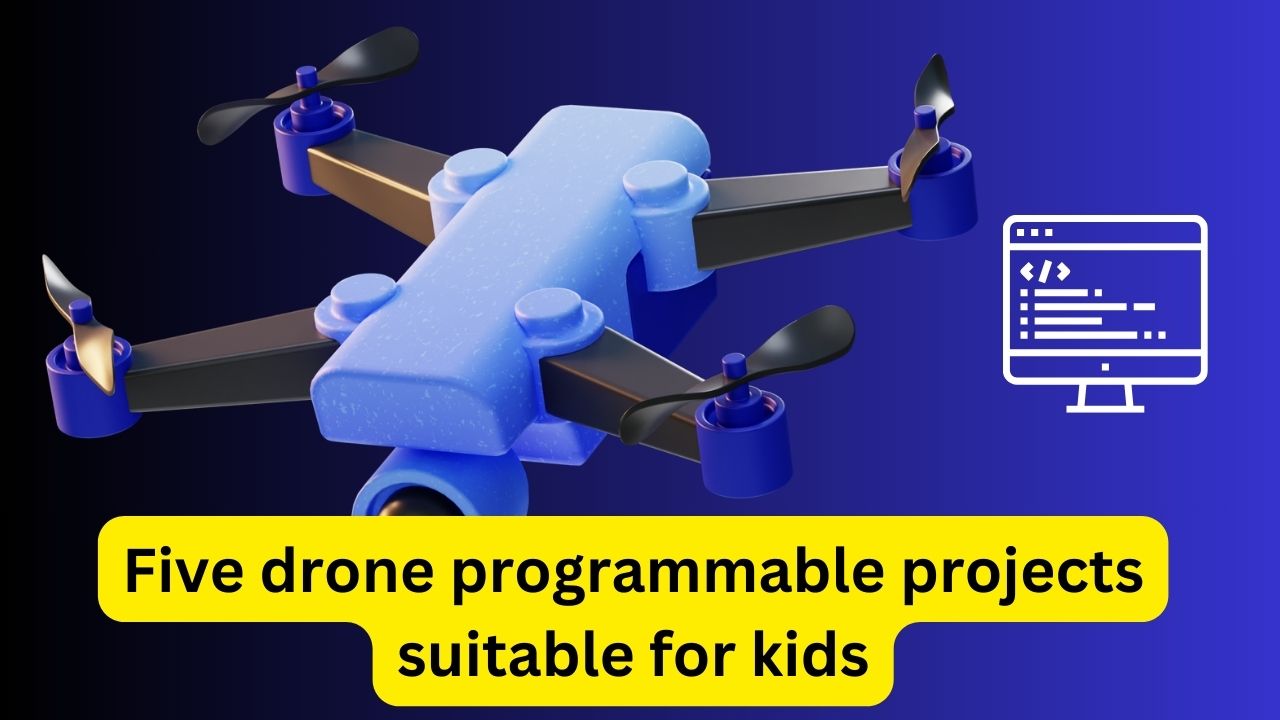- Flight Path Programming: Kids can learn to program drones to follow specific flight paths using coding languages like Scratch or Blockly. They can create sequences of commands for the drone to follow, such as taking off, flying in a square pattern, and landing. This project teaches basic programming concepts like sequencing and loops.
- Obstacle Avoidance: Children can program drones to detect and avoid obstacles in their path. Using sensors like ultrasonic or infrared, kids can write code to instruct the drone to change its direction when it detects an obstacle. This project introduces concepts of conditional statements and sensor integration.
- Aerial Photography: Kids can explore the basics of photography and videography by programming drones to capture aerial footage. They can write code to control the drone’s camera angle, take photos or videos at specific locations, and even create panoramic shots. This project combines programming skills with creativity and visual storytelling.
- Search and Rescue Simulation: Children can simulate a search and rescue mission using drones programmed to locate and retrieve objects. They can write code to define search patterns, analyze live camera feeds to identify objects, and coordinate multiple drones to cover a larger area. This project introduces teamwork, problem-solving, and real-world applications of drone technology.
- Drone Racing: Kids can create their own drone racing course and program drones to navigate through it as quickly as possible. They can write code to control the speed, agility, and navigation of the drones, competing against each other to see whose drone completes the course in the shortest time. This project combines programming skills with hands-on piloting experience and introduces concepts of speed optimization and precision control.
These projects provide hands-on learning experiences that allow kids to explore the exciting world of drones while developing valuable STEM skills such as coding, problem-solving, and creativity.


No responses yet